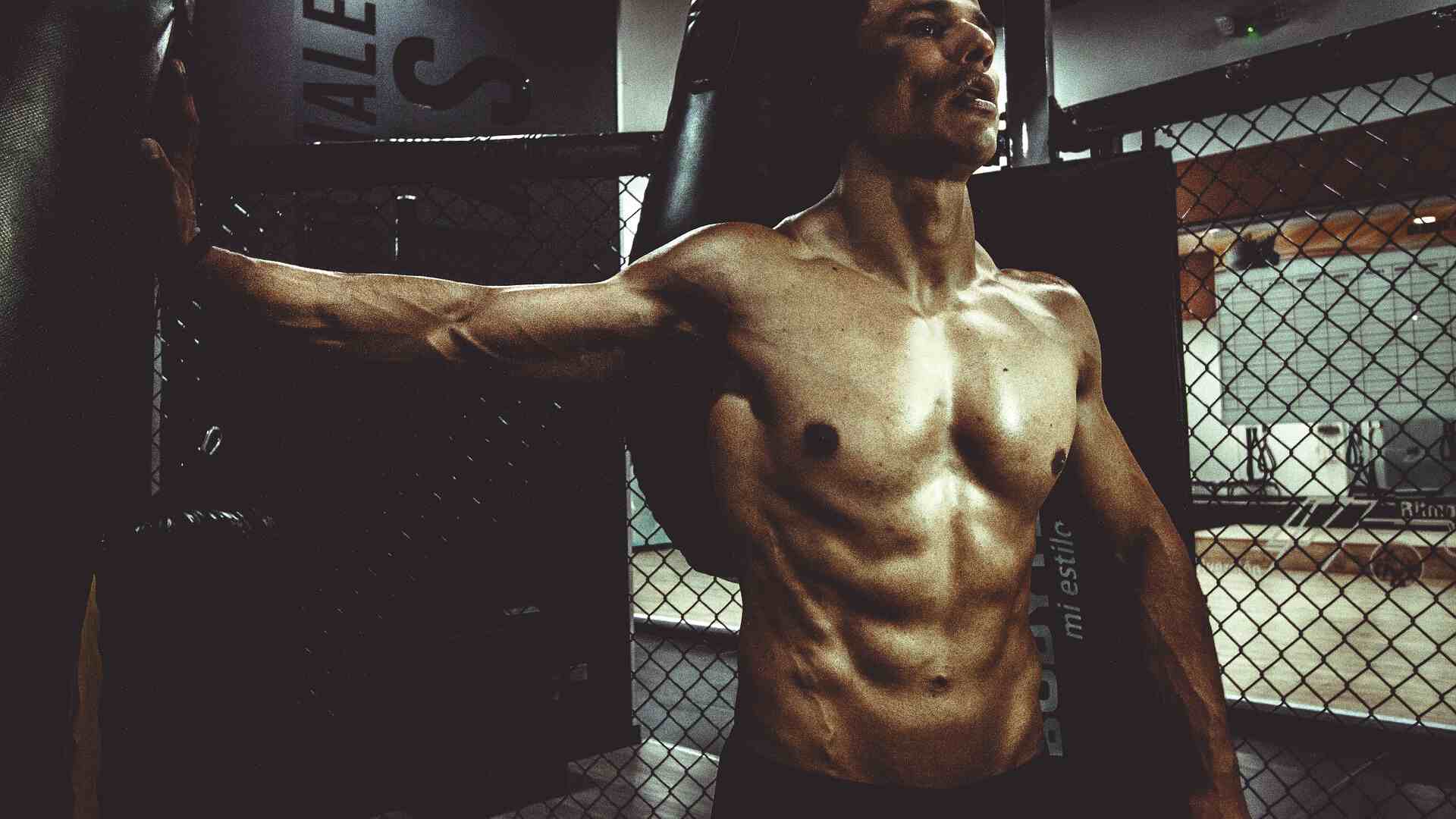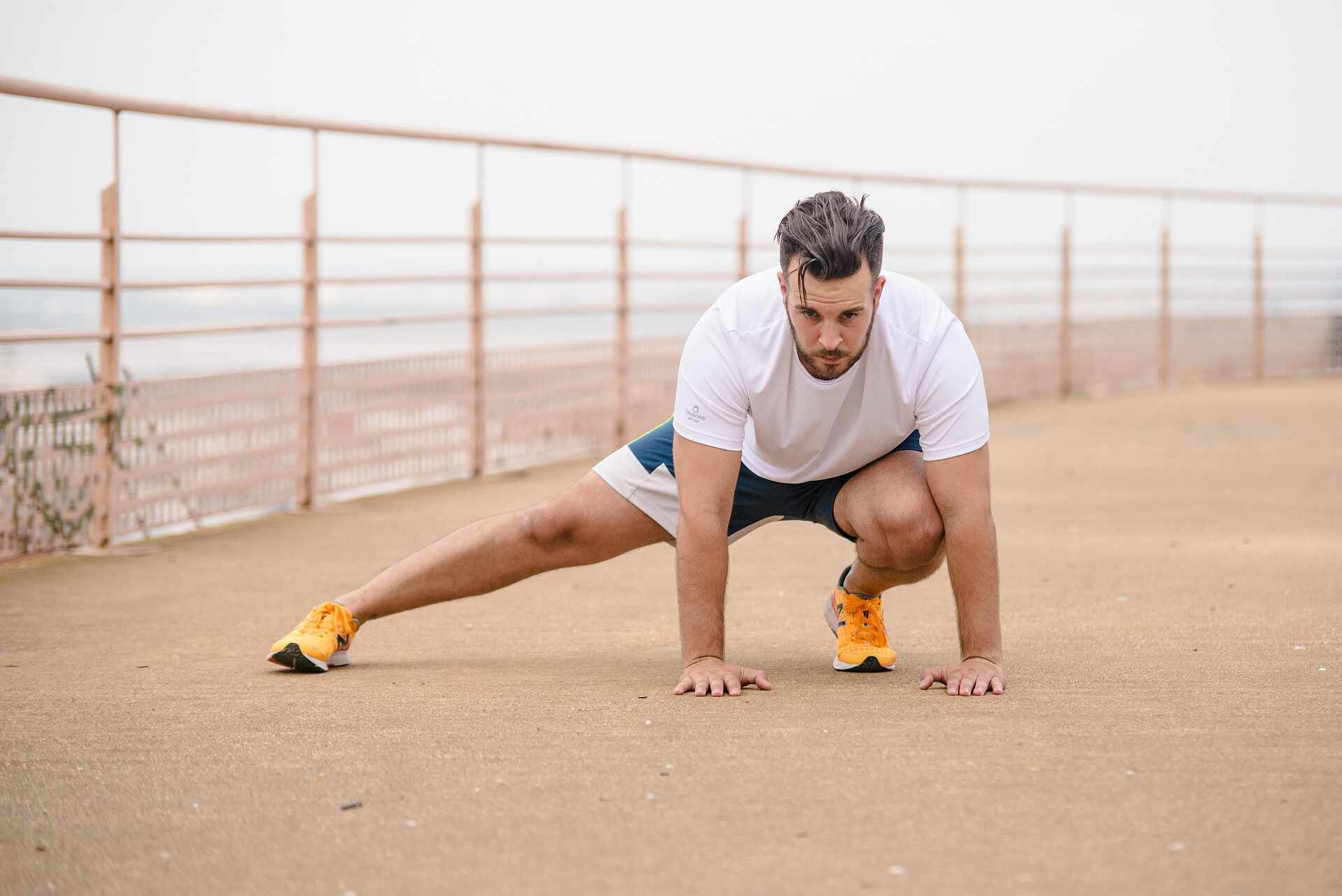When it comes to total-body strength and functionality, nothing beats a good legs and shoulders workout. Training these two powerhouse muscle groups together not only builds mass and definition, but also improves balance, posture, and overall athletic performance. Whether you’re lifting at the gym or doing bodyweight movements at home, integrating a solid legs and shoulders workout into your weekly routine can unlock incredible results.
In this guide, we’ll explore everything from training benefits and muscle anatomy to step-by-step workouts and tips for long-term progress—all while helping you dominate every squat and press with confidence.
Why Focus on Legs and Shoulders?
Your legs and shoulders are foundational to nearly every movement you perform, whether you’re walking, climbing stairs, lifting overhead, or playing sports. Training them together makes sense both functionally and aesthetically.
Boost Overall Strength and Coordination
Combining legs and shoulders workout days improves neuromuscular coordination. This pairing strengthens your kinetic chain—especially beneficial for athletes or fitness enthusiasts aiming to enhance power output.
Time Efficiency and Full-Body Engagement
Training both areas in one session saves time and maximizes calorie burn. Exercises like thrusters or dumbbell clean-and-press activate multiple muscle groups at once, delivering more bang for your buck.
Anatomy of the Legs and Shoulders
Understanding what muscles you’re working on can make your legs and shoulders workout more effective and targeted.
Muscles of the Legs
-
Quadriceps: Front thigh muscles responsible for knee extension.
-
Hamstrings: Back of the thigh; crucial for hip extension and knee flexion.
-
Glutes: Your body’s strongest muscles, involved in hip movement and posture.
-
Calves: Lower leg muscles that support ankle movement and stability.
Muscles of the Shoulders
-
Deltoids (Anterior, Lateral, Posterior): The three heads of your shoulder muscles that control arm movements in all directions.
-
Rotator Cuff: Stabilizes your shoulder joint and prevents injury during pressing or pulling motions.
-
Trapezius: Supports posture and helps with shrugging, lifting, and rotation of the arms.
Best Leg and Shoulder Workouts for Strength and Size
Below is a structured legs and shoulders workout plan you can follow 2–3 times per week. Adjust the reps and sets based on your fitness level.
Warm-Up (5–10 Minutes)
Always warm up before beginning your session. Do light cardio and mobility drills like:
-
Jumping jacks
-
High knees
-
Arm circles
-
Air squats
-
Shoulder rolls
Compound Strength Circuit (3 Rounds)
These exercises engage multiple muscles and build raw strength.
-
Barbell Back Squats – 4 sets x 8–10 reps
Targets quads, glutes, and core. -
Overhead Barbell Press – 4 sets x 8–10 reps
Builds deltoids and triceps. -
Dumbbell Lunges with Shoulder Press – 3 sets x 10 reps each leg
A powerful combo move that works the whole body. -
Deadlifts – 4 sets x 6 reps
Excellent for posterior chain activation.
Isolation & Burnout Round (2 Rounds)
Target specific muscles with control and precision.
-
Leg Extensions – 3 sets x 12–15 reps
-
Hamstring Curls – 3 sets x 12–15 reps
-
Lateral Raises – 3 sets x 15 reps
-
Reverse Flyes – 3 sets x 12–15 reps
Finisher (Optional)
Try this EMOM (Every Minute on the Minute) for 5 minutes:
-
10 Dumbbell Thrusters
-
5 Burpees
At-Home Legs and Shoulders Workout (No Equipment Needed)
Don’t have access to a gym? No problem. Try this equipment-free legs and shoulders workout:
-
Bodyweight Squats – 3 sets x 20 reps
-
Wall Sit with Arm Raises – 3 rounds, hold for 45 seconds
-
Split Lunges – 3 sets x 12 reps per leg
-
Push-up to Pike – 3 sets x 10 reps
-
Plank Shoulder Taps – 3 sets x 30 seconds
You can make this more intense by adding resistance bands or water bottles as weights.
Tips for an Effective Legs and Shoulders Workout
Prioritize Form Over Weight
Sloppy movements can lead to injury. Focus on controlled reps and proper posture—especially during overhead exercises.
Mind-Muscle Connection
Don’t just go through the motions. Actively engage the target muscles during each rep to maximize results.
Rest and Recovery Matter
Your legs and shoulders are major muscle groups. Allow at least 48 hours before training them again to encourage muscle growth and recovery.
Mix It Up
To prevent plateaus, vary your exercises every 3–4 weeks. Change grip positions, tempos, or try supersets.
Nutrition and Recovery for Optimal Gains
Working hard in the gym is just one part of the equation. Fueling your body and recovering properly are essential to making your legs and shoulders workout successful.
Post-Workout Nutrition
Consume a balanced meal with protein and carbs within 60 minutes of your session. Examples include:
-
Grilled chicken with brown rice
-
Greek yogurt and berries
-
Protein smoothie with oats and banana
Sleep and Hydration
Aim for 7–9 hours of quality sleep nightly. Stay hydrated throughout the day to support muscle recovery and performance.
Sample Weekly Legs and Shoulders Workout Schedule
Here’s a weekly structure that blends rest, intensity, and variety:
| Day | Activity |
|---|---|
| Monday | Legs and Shoulders Strength Day |
| Tuesday | Light Cardio + Mobility |
| Wednesday | Legs and Shoulders (Bodyweight) |
| Thursday | Rest or Active Recovery |
| Friday | Power & Plyometrics Session |
| Saturday | Full-Body Conditioning |
| Sunday | Rest |
Avoid Mistakes in a Legs and Shoulders Workout
Ignoring Warm-ups and Mobility
Skipping warm-ups reduces performance and increases injury risk.
Using Too Much Weight
Lift smart. Choose weights you can control for all reps without compromising form.
Neglecting Recovery Days
Training hard every day can backfire. Muscles grow during rest, not while lifting.
Conclusion
Whether you’re an athlete, bodybuilder, or fitness newbie, integrating a structured legs and shoulders workout into your weekly routine offers massive benefits. Not only will you build strength and definition, but you’ll also improve posture, balance, and overall functionality. Make every rep count, stay consistent, and fuel your body right—and you’ll soon see real transformation.
So lace up your shoes, grab those weights, and start powering through your next legs and shoulders workout with purpose and intensity!
FAQs
Is it effective to train legs and shoulders together?
Yes, training legs and shoulders in the same workout can be highly effective. These two major muscle groups don’t interfere with each other neurologically, which means you can train both without compromising performance. Legs include some of the largest muscles in the body—like the quads, hamstrings, and glutes—while shoulders involve the deltoids, which are smaller but complex. Combining them in a workout increases overall calorie expenditure, boosts testosterone and growth hormone release, and creates a well-rounded, time-efficient training session. This approach is ideal for people who want full-body results with fewer workout days.
How many exercises should be in a legs and shoulders workout?
A solid legs and shoulders workout should include around 4 to 6 total exercises. This can be broken into 2–3 for legs and 2–3 for shoulders. Aim for a mix of compound movements (like squats, lunges, and overhead presses) that work multiple joints and muscles, paired with isolation exercises (like leg extensions or lateral raises) that target specific areas. The number may vary based on your fitness level, goals, and how much time you have. For beginners, starting with fewer exercises and focusing on perfecting form is ideal. As you progress, you can increase volume or intensity.
Can I do this workout every day?
It’s not recommended to perform a legs and shoulders workout every day. These muscles need time to recover and grow, especially after heavy or intense sessions. Overtraining can lead to fatigue, soreness, poor performance, and even injury. A good frequency is 2 to 3 times per week, with at least 48 hours between sessions for the same muscle groups. On rest days, you can focus on other areas like arms, core, or cardio, or simply allow your body to recover. Remember, growth happens during rest, not just in the gym.
What equipment is best for this workout?
The best equipment depends on your fitness level and access, but commonly used tools include dumbbells, barbells, resistance bands, kettlebells, and cable machines. For example, barbells are excellent for compound lifts like squats and overhead presses, while dumbbells allow for greater range of motion and unilateral work. Resistance bands are great for activating muscles and are travel-friendly. Kettlebells can be used for dynamic movements that improve coordination and strength. However, if you don’t have access to a gym, bodyweight exercises—like jump squats, wall sits, or pike push-ups—can still be very effective when combined with tempo control and progressive overload strategies.
How long until I see results?
With consistent training, proper nutrition, and adequate rest, many people start to see visible results within 3 to 4 weeks. This could include improved strength, better posture, increased stamina, and noticeable muscle tone—especially in the quads, glutes, and shoulders. However, results vary depending on factors like age, gender, diet, sleep quality, and workout intensity. For more dramatic changes in body composition or muscle mass, it may take 8–12 weeks or more. Tracking your progress with photos, measurements, or strength gains can help keep you motivated along the way.



